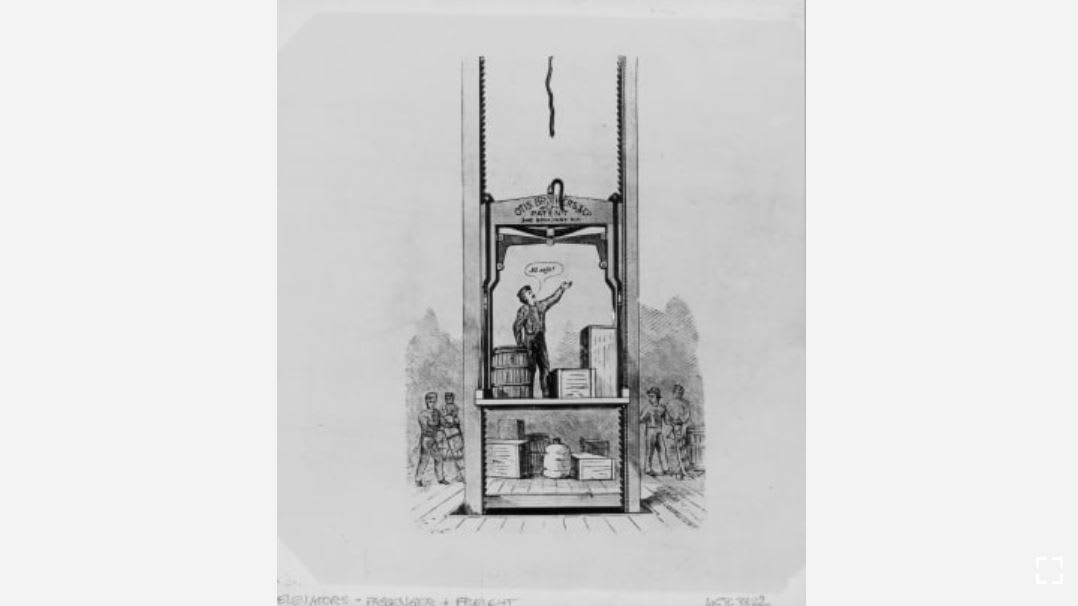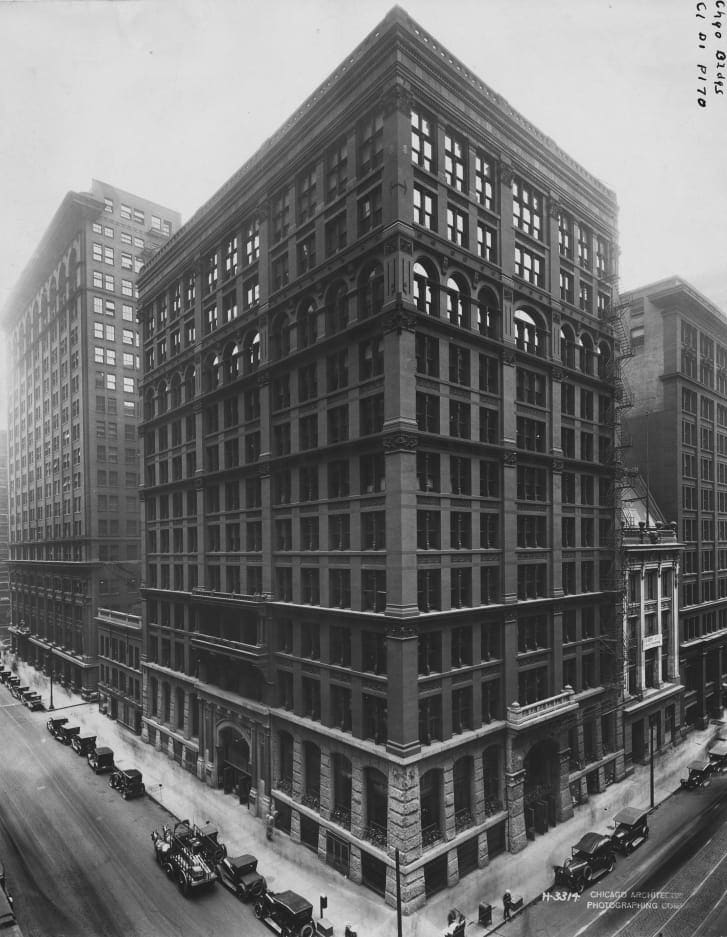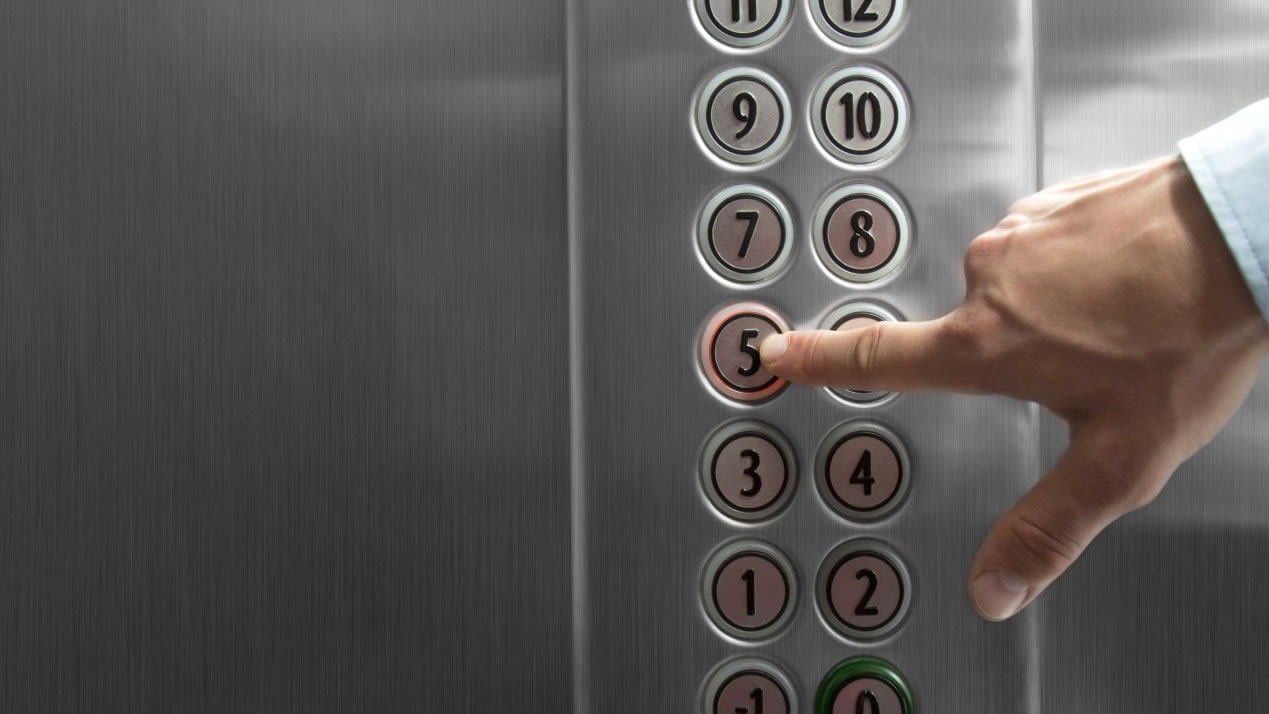دبي، الإمارات العربية المتحدة (CNN) -- ركوب المصعد بات جزءاً طبيعياً من حياتنا الاعتيادية، لدرجة أننا قد لا نفكر في آلية عمله، أو تاريخه، أو حتى آداب الركوب المختلفة بين ثقافة وأخرى.
ولم ينل مشروع المصعد في بداية تصنيعه ردود فعل إيجابية، حتى إنه عُطل في عام 1857 في متجر "Haughwout" في مدينة نيويورك الأمريكية، لأن الزبائن رفضوا قبول الاختراع، وذلك بعدما كان يعمل بمحرك بخاري في قبو بناء مؤلف من 5 طوابق.

وكانت المصاعد في ذلك الزمن تؤدي دوراً في تعزيز السياحة، بدلاً من كونها فقط وسيلة نقل، إذ أن المباني الطويلة لم تكن قد دخلت بعد عالم الهندسة المعمارية، وسعي المستأجرون دائماً إلى الحصول على الشقق في الطوابق الأولى لتجنب الصعود على السلالم، كما كانت إيجارات الطوابق العليا أرخص مقارنة بالشقق السكنية في الطوابق المنخفضة.
ولم يكن اختراع المصعد جديداً كلياً، إذ قال بروفيسور في تاريخ الهندسة في كلية "UNC Charlotte"، لي غراي، إن أجهزة للرفع الميكانيكي توفرت منذ بدايات القرن الـ 19، ولكن التحول من نقل البضائع إلى نقل الناس حصل في أواخر خمسينيات القرن الـ19". وأشار غراي إلى أن أجهزة الرفع الميكانيكي تطلبت "تغيراً تكنولوجياً بالكامل"، لأن رافعات الشحن الأولى لم يكن لديها سيارات: كانت ببساطة منصات مفتوحة، وبالتالي، خطرة جداً."

وتم تقديم أول براءة اختراع لـ "خط سكة حديدية عمودية" في عام 1859 لأوتيس تافتس، وهو مهندس ظهر تصميمه لأول مرة في العام ذاته في فندق فيفث أفنيو في نيويورك، إذ كان عبارة عن سيارة حقيقية مع مقعد داخلي، حيث يمكن للناس أن تجلس.
ومن ناحية أخرى، لم يكن لدى مصعد الصناعي إليشا أوتيس، الذي صنع أول مصعد لراكب في نيويورك، سوى منصة، وحصل على براءة اختراع في وقت لاحق، في عام 1861، كما تضمن اختراعه فرامل الأمان، التي زادت من قبول الجمهور على المصاعد.
ولم تُباع المصاعد الأولى بشكل كثيف لأنها كانت باهظة الثمن، ولكنها حصدت بعض النجاحات المبدئية كمنتجات فخمة في فنادق في نيويورك، ولندن، وباريس، إذ قال غراي إن الغرف كانت "مصممة بشكل جميل مع مقاعد منجدة ومرايا على الجدران، وأحيانًا حتى ثريا صغيرة تتدلى من مركز السيارة". وغالبا ما كانت تسمى "غرفة تصاعدية" أو "في الطابق العلوي من المنزل"، وهي تستعير الكلمات من أنظمة النقل الأخرى.

وكانت المصاعد آنذاك بطيئة بسبب اعتمادها على المحركات البخارية، إلا أن غراي أوضح أن هدف توظيف الاختراع لم يكن بهدف تسريع التنقل بقدر ما كان لعرض تكنولوجيا جديدة، وتجربة فاخرة تسمح للضيوف بتجنب صعود السلالم.
ومع التقدم التكنولوجي، اختلفت الاختراعات وتطورت، إذ أصبح المصعد يتحرك على القوة الهيدروليكية مما يجعله أسرع وأسهل من ناحية الترميم.
أما اليوم، فتم تركيب أسرع مصعد في العالم في برج شنغهاي، وهو ثاني أطول مبنى في العالم ويسير بسرعة 67 قدماً في الثانية أي (46 ميلاً في الساعة).
وحفزّ طول المباني تصميم المصاعد الأكثر تعقيداً، وعلى سبيل المثال، أعلى برج في العالم، أي برج خليفة في دبي، يحتوي على 57 مصعداً.
أين نقف في المصاعد:

وتختلف آداب المصاعد بحسب اختلاف الثقافات وعدد الركاب، فقد أشار غري إلى أنه عندما تقف لوحدك "فمن المتوقع أن تقف في منتصف المساحة لأنها ملكك وأنت من يتحكم بها"، بينما لاحظت باحثة العلوم المعرفية ربيكا روسي في دراسة راقبت فيها استخدام المصاعد في أحد المباني في أستراليا، أن الرجال والنساء يتصرفون بشكل مختلف، إذ يتجه كبار رجال الأعمال أو كبار السن ربما نحو الجزء الخلفي من المقصورة، بينما تقف النساء في المقدمة.
